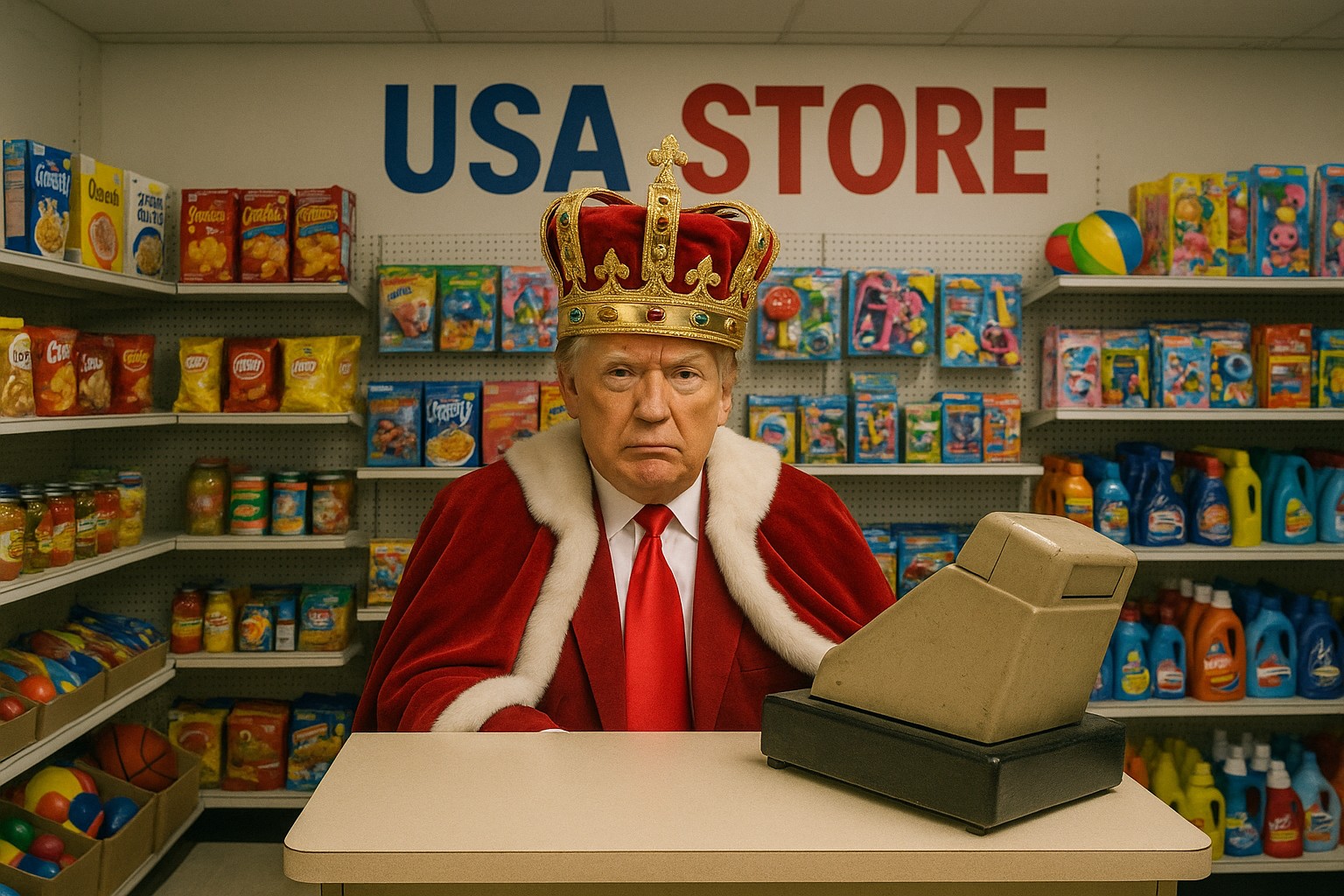I recently read Alexander Field’s book The Economic Consequences of U.S. Mobilization for the Second World War. Field argues that, contrary to popular belief, wartime production substantially reduced the productivity of the U.S. economy, and the effects of the wartime economy continued to hamper economic productivity for years after the war ended. He makes a persuasive argument, but what I found most interesting about the book was how it presents a case study into the pitfalls of top-down planning.
Throughout the book I continued to find jaw-dropping examples of planning decisions that defied all reason. For example, Allied military efforts were severely hampered by a lack of landing craft – the kind of boats used to offload soldiers and equipment directly onto shores and beaches. Field quotes Winston Churchill as saying “How it is that the plans of two great empires like Britain and the United States should be so much hamstrung and limited by a hundred or two of these particular vessels will never be understood by history.”
Historians may struggle to understand it, but few economists would be surprised. The number and mix of ships being built was centrally dictated by planners. So the outcome would only be as good as the knowledge or assumptions that could fit into the individual heads of the planners making the call. And, unfortunately, far too few landing craft were built because planners assumed they’d be unnecessary. Field cites a “lack of interest in the navy, which assumed that operable ports would quickly be secured following initial assaults, which would allow men and material to be easily unloaded.” Many major campaigns were called off or severely delayed, because planners simply didn’t know – and had no way of knowing – what kind and amounts of equipment would be best.
Another decision that seems mind-boggling in retrospect was regarding the very serious threat posed by the disruption of rubber – something critically important to military as well as civilian production. The vast majority of rubber was imported from Singapore, and there was a real threat that the Japanese would invade Singapore and cut off the supply of rubber – which is exactly what happened. While this possibility was well known in advance, it was dismissed as worth worrying about, in no small part because “Roosevelt himself apparently thought that if war in the Pacific came, the Japanese could be quickly beaten, that reserve stocks of natural rubber along with scrap rubber drives could enable the country to weather any temporary disruption of imports,” so no care was given to building up the reserve stock of rubber.
The failure of this assumption to hold led to attempts to create a domestic synthetic rubber production program, paired with severe rationing of the use of rubber in the United States. Field notes that the synthetic rubber program has been hailed by some as a “miracle.” He takes a rather more dim view. He says that to “describe something as miraculous is to suggest that we witnessed an outcome that could not be or was not reasonably expected or anticipated.” But, reviewing the actual record of the synthetic rubber program, Field argues that describing the performance of the program as a “miracle” amounts to a backhanded compliment, writing “What the United States achieved can appear miraculous only if one has a poor view of U.S. war-planning, organizational, and engineering capabilities. One cannot both have a decent opinion of the latter and claim a miracle.” Ultimately, he concludes the only miracle to be found is that “given the design of the program and the delays in building the plants, it was a miracle its execution did not lead to the loss of the war.”
The litany of terrible decisions made in the synthetic rubber program are too numerous to list out here. But of particular interest is the decision about which basic pathway to use to make synthetic rubber. There were two different routes to take in the production process – one based on petroleum, and one based on alcohol derived from plants. The chemistry had long been worked out, particularly for the alcohol pathway. Field notes that while “the fifty-one government-owned plants had little initial experience with a number of the processes chosen, the chemistry allowing rubber to be created synthetically, based mostly on European research, had been understood for at least two decades.” For example, “During World War I, the Soviet Union produced synthetic rubber from plant sources (mostly potatoes and wheat) and continued to do so during World War II.” Field also notes that the Soviets offered to share their experience with the United States but the offer was ignored.
Field compares what the historical record shows on the pros and cons of the alcohol pathway and the petroleum pathway, and concludes that the alcohol pathway made far more sense. For one, “the country was sitting on an inventory of over a billion and a quarter tons of grain, accumulated as the result of agricultural price support programs in the 1930s, and indeed the surpluses were overflowing storage facilities. The grain was available, the costs of acquiring it had already been incurred…at that historical moment the costs of acquiring the feedstock should be treated as sunk, and thus its effective price was zero.” Additionally, “substantial capacity for fermenting molasses lay idle…The idle molasses-refining capacity could easily be converted to use grain as a feedstock.”
Adding to the case for alcohol, “the liquor-distilling portions of the alcohol industry…had excess capacity that could be used to produce alcohol from grains. The use of the molasses and grain spirits-distilling capacity, since it was already available, would not conflict with the other war demands for equipment or construction manpower.” Another important point was that unlike using petroleum, “making alcohol from plants was unlikely to conflict with the needs of the aviation fuel program.”
Lastly, “alcohol pathways for producing butadiene had been successfully exploited for years…whereas the petroleum-to-butadiene pathways involved challenges that were likely to delay production. In sum, the alcohol pathways were simpler and there was considerable experience with them, the raw material inputs were in abundant supply, substantial refining capacity was already available, and if additional facilities were needed, they could be built more quickly with fewer requirements for equipment or building supplies that were or were likely to be in short supply.”
You can probably guess what happened next. Planners decided to downplay the alcohol pathway and heavily emphasize the petroleum pathway (much to the delight of Standard Oil), and in the initial round of the program “only 80,000 short tons of the 550,000 short tons of butadiene needed to produce the then-targeted production of GR-S rubber was to be alcohol based (that is, relying on butadiene made from alcohol)…Moreover, none of that alcohol was to come from plants: it was all to be produced from petroleum.” Congress attempted to course-correct this with the Rubber Supply Act of 1942, which would have refocused on alcohol rather than petroleum. However, the Act was vetoed by FDR, because he saw the act as “a direct challenge to his authority, as it removed control from the executive branch agencies he had created.”
No doubt some of these decisions were the result of corruption or just sheer incompetence. But there is another factor that also explains a significant fraction of the issue, which I’ll be touching on in my next post.
















